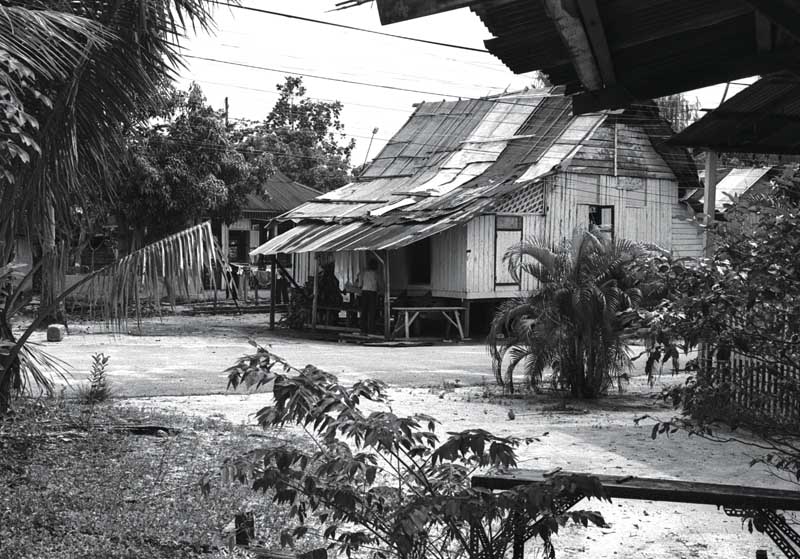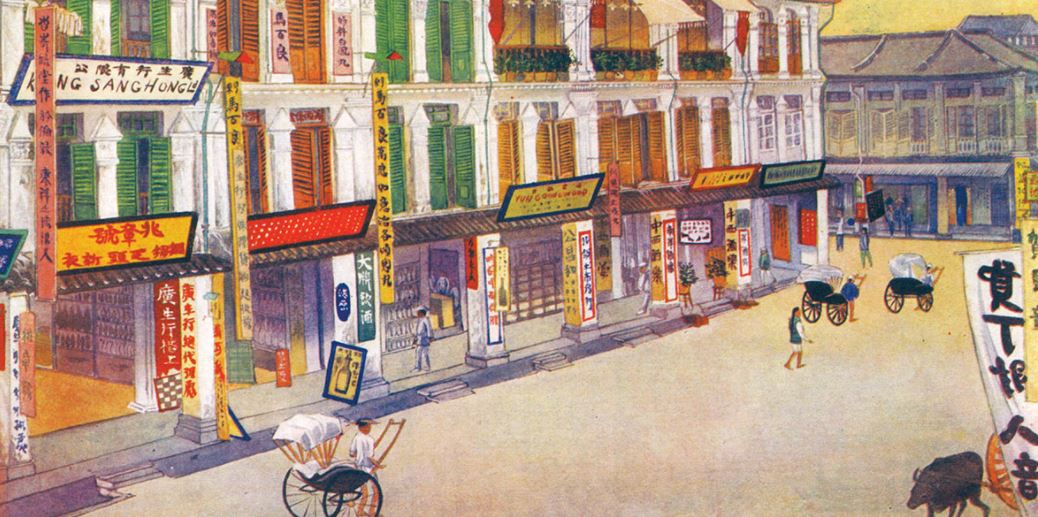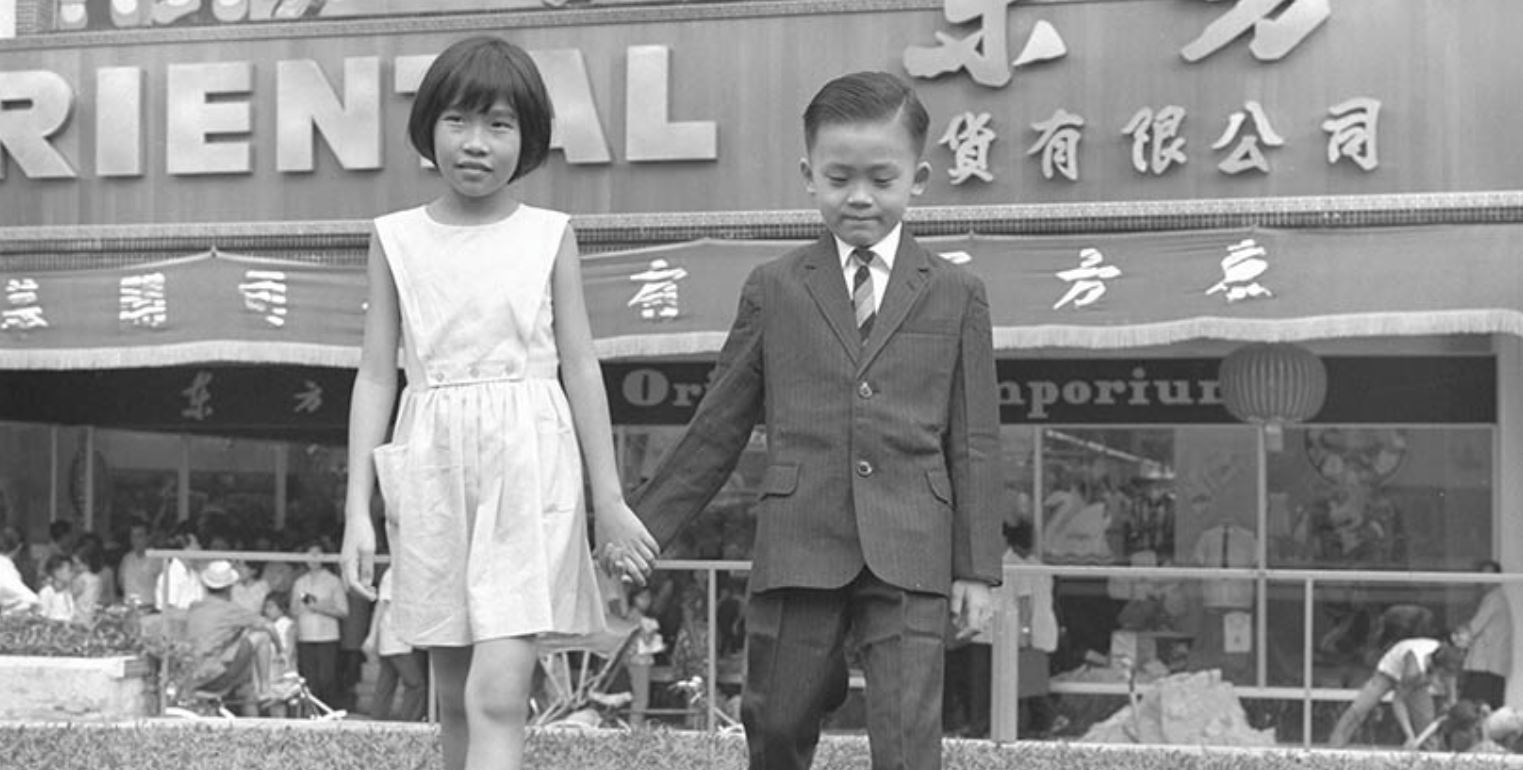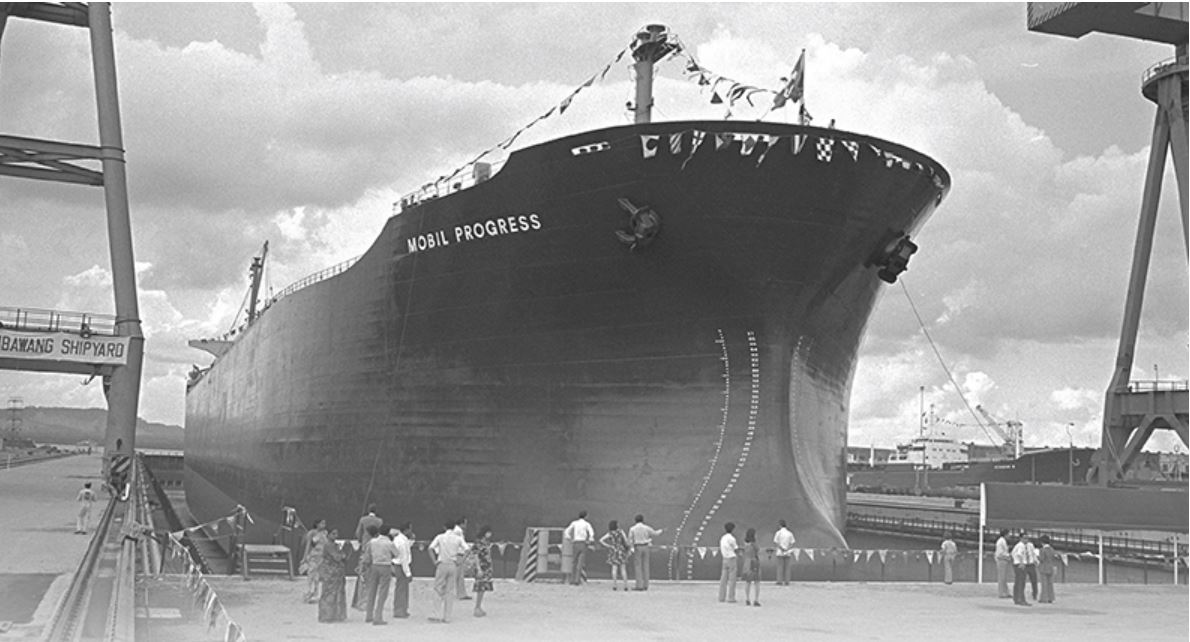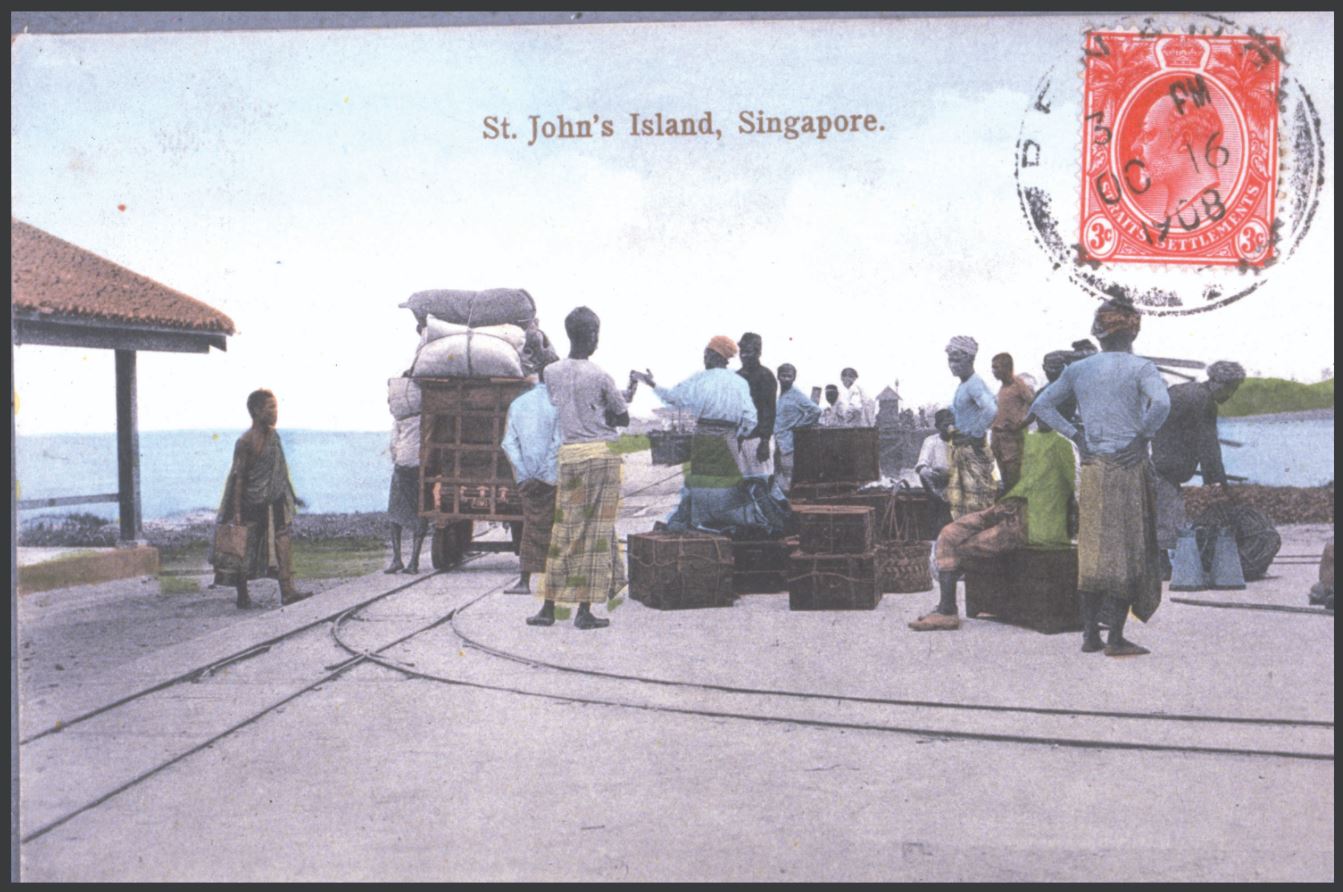More Places and Buildings
A Mansion in Serangoon: Whampoa House-Bendemeer
In the 19th century, Whampoa’s legendary home was a nexus of wealth, power and extravagant entertainment.
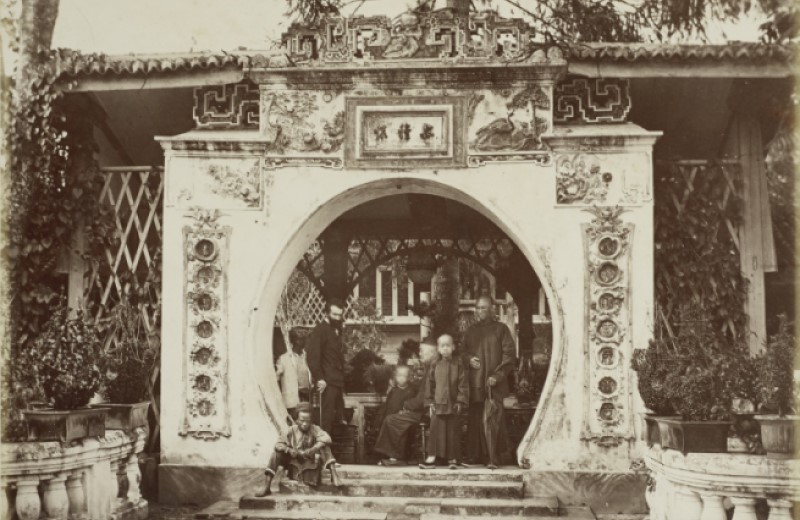
Pages of Progress: The Toa Payoh Public Library
Over the last five decades, the library has developed to keep pace with the changing needs of the residents of Toa Payoh.
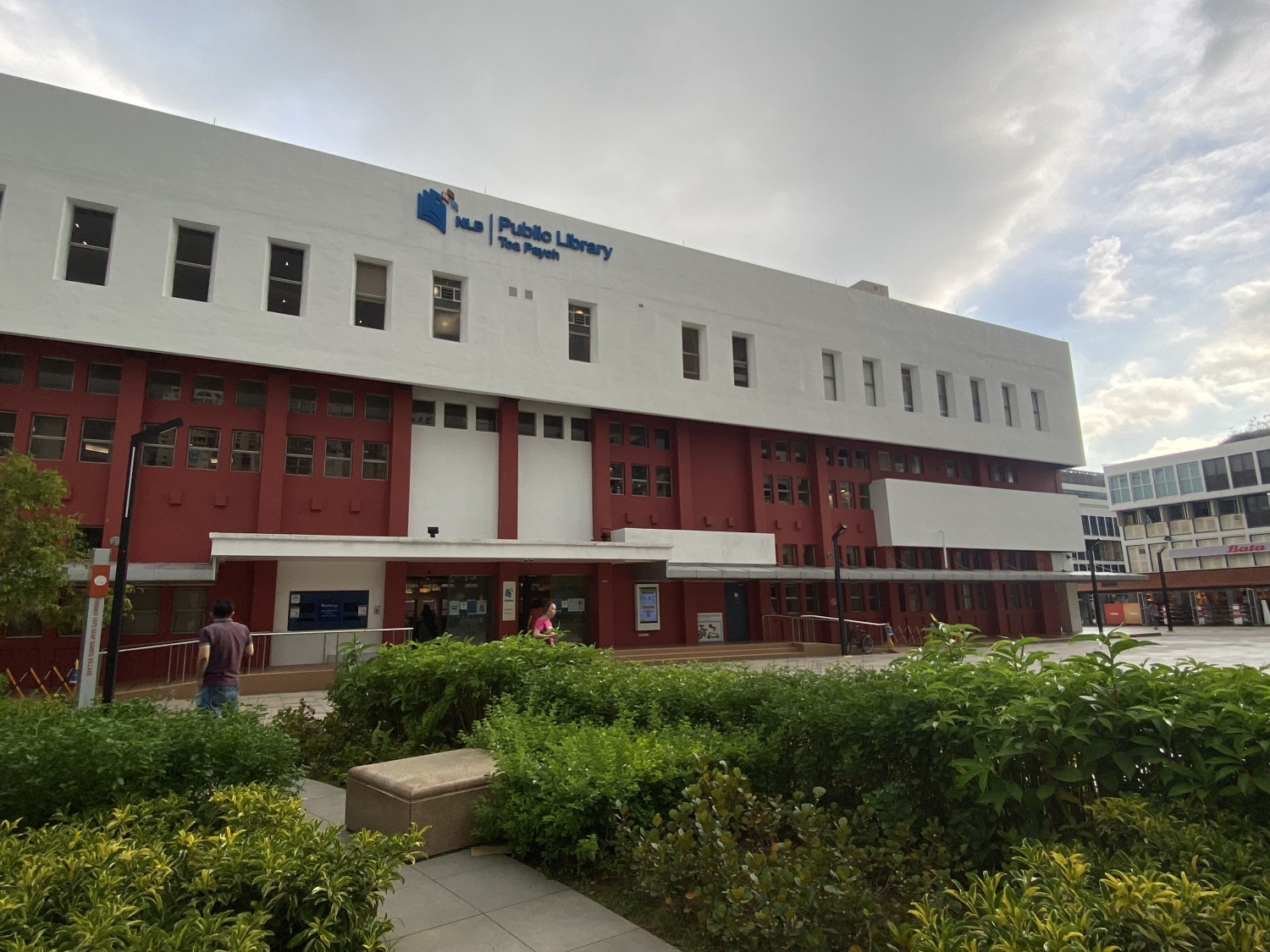
Remembering the Part-Time Libraries
Part-time branch libraries served residents living in suburban Singapore before fulltime public libraries were built.
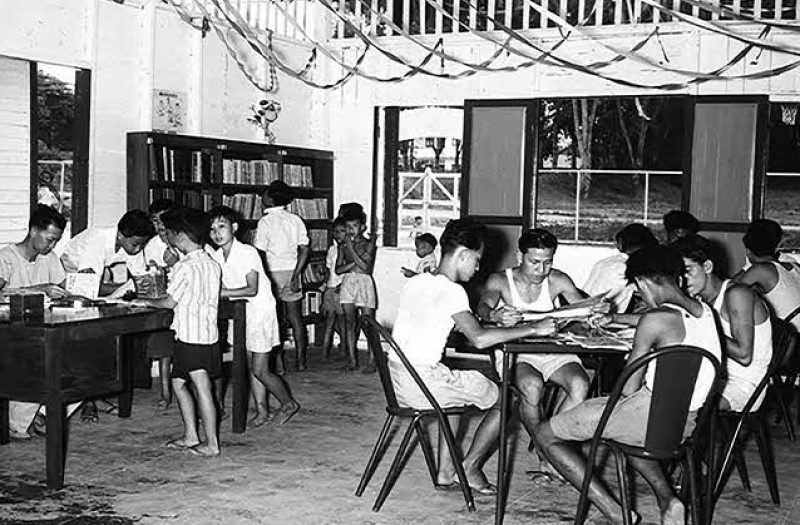
Lady in Red: The Former National Library on Stamford Road
Beyond being a mere repository of books, the library on Stamford Road was a place for acquiring knowledge, making memories and creating friendships.
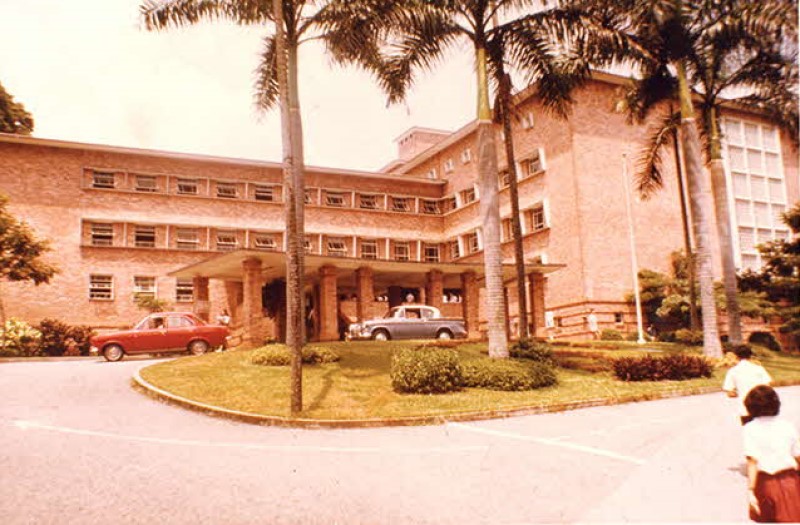
Karikal Mahal: Stories Reimagined and Retold
History, research and compelling storytelling come together to bring the story of Karikal Mahal to life.

A Kampong for the “Grand Old Man of Singapore”
Due to development and urbanisation, Lim Boon Keng’s last home at Paterson Hill no longer exists today.
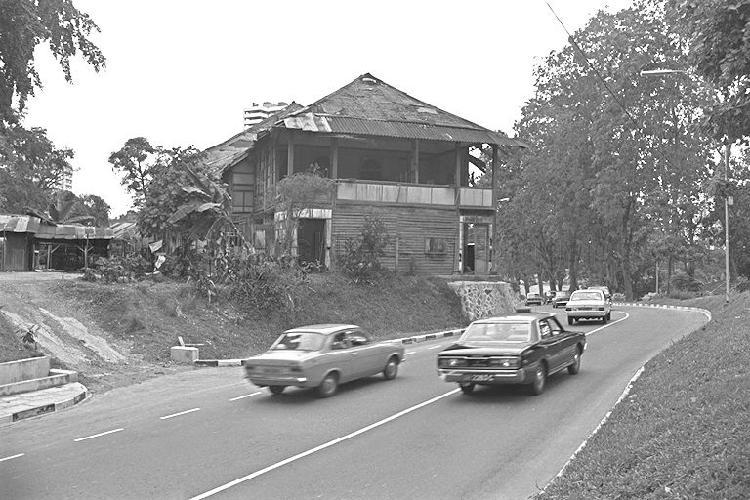
Eu Tong Sen’s “Pearl Under the Burning Tropical Sun”
The grandeur and opulence of Eu Villa on Mount Sophia was unrivalled in its heyday.
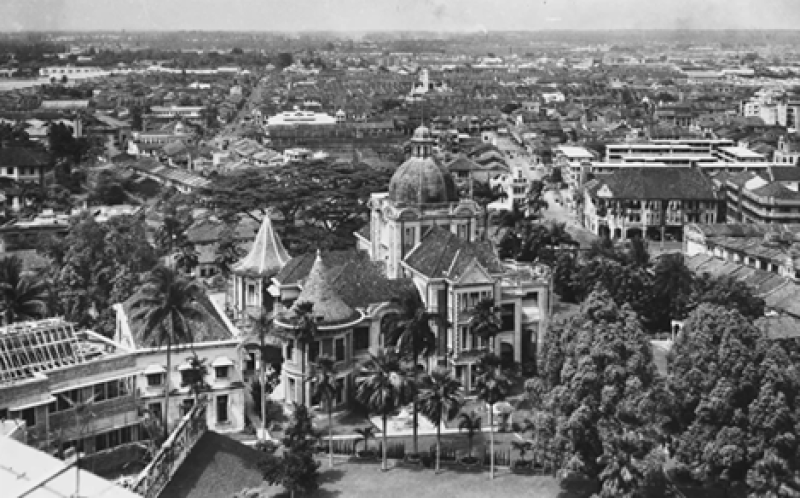
Remembering the Hawkins Road Refugee Camp
A temporary home for Vietnamese refugees, the Hawkins Road camp received thousands of “boat people” over nearly two decades.
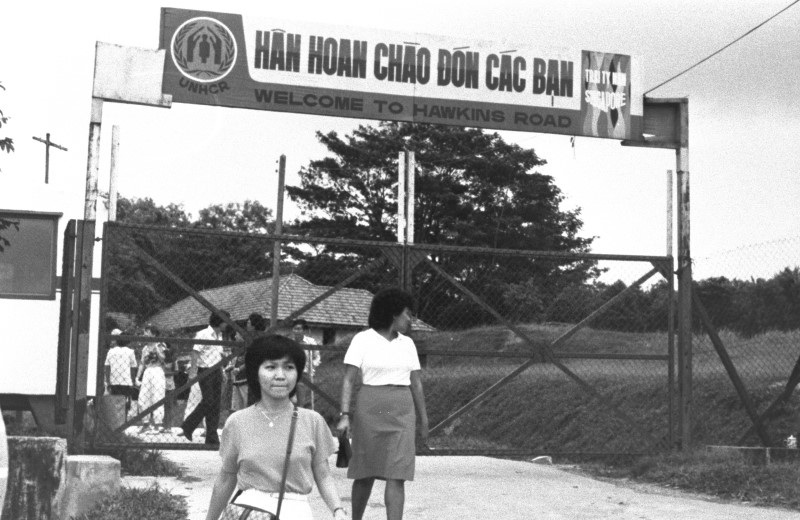
The Making of the Causeway
The Causeway was built 100 years ago, being the largest engineering project to be undertaken in Malaya.
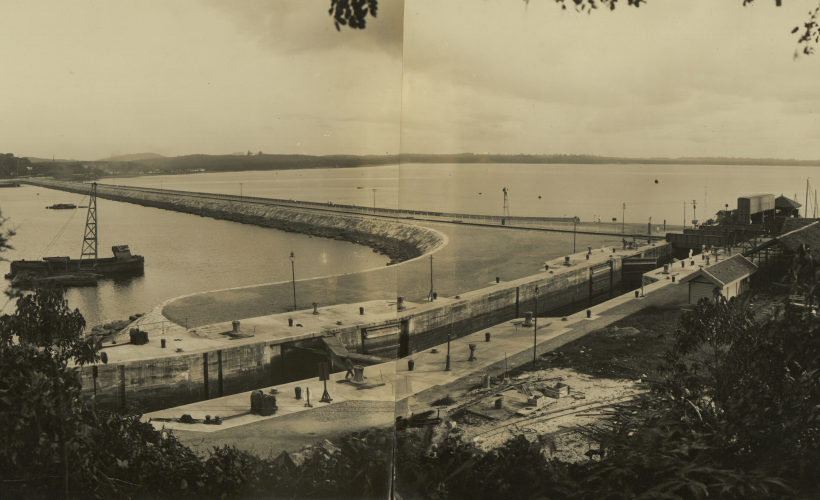
Interview with Victor Savage, Co-author of Singapore Street Names: A Study of Toponymics
From Desker Road to Xilin Avenue, street signs around Singapore recall the lives of people whose stories are a part of the nation’s history.
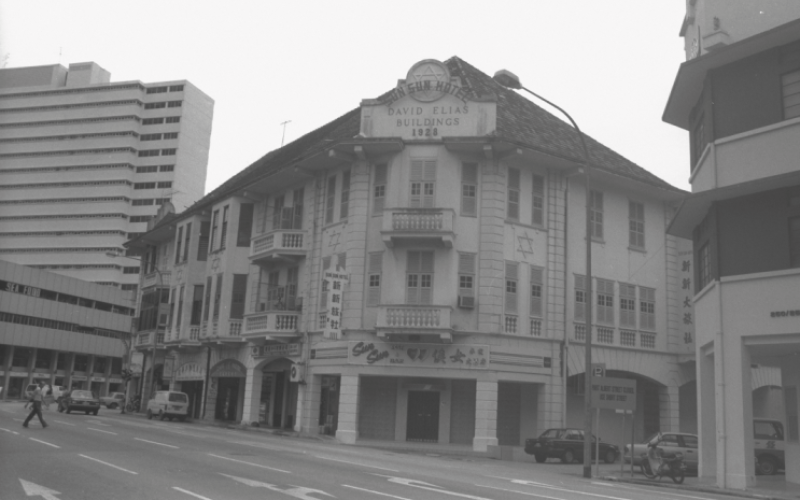
A Quick History of the Singapore Speedway
The history of the Singapore Speedway was as fast and furious as the races it hosted.
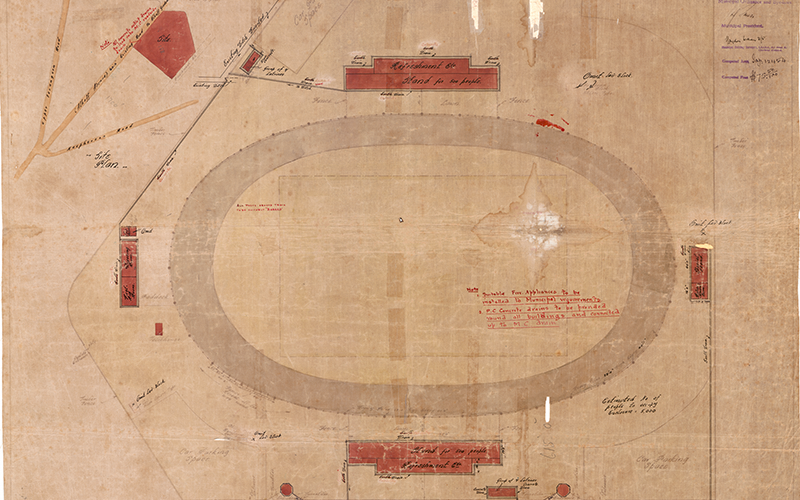
炊烟袅袅 甘榜回忆
甘榜的纯朴生活反映了过去悠然自得的时代,那时的生活要简单得多。
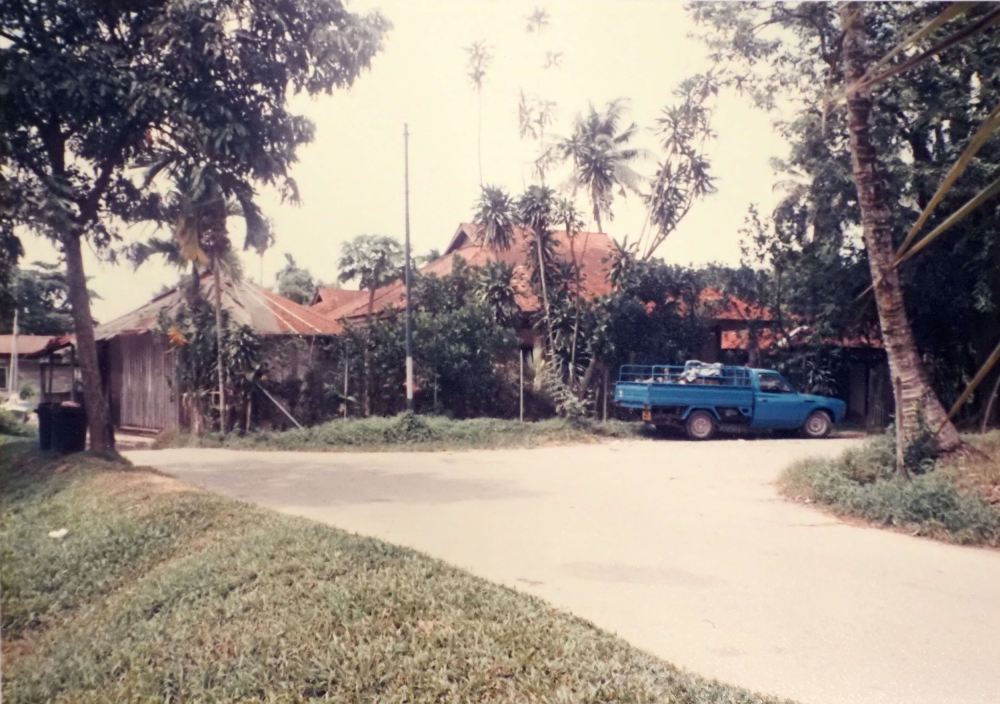
My Childhood Memories: A Slice of Kampong Life
Kampong living reflects an idyllic bygone age, a time when life was much simpler.

Coffee in the Basement, Tea on the Second Floor: A Short History of John Little at Raffles Place
A look back at John Little’s 170-year history and the lasting mark the store has made on our island.

Neo Tiew: The Man Who Built Lim Chu Kang
The opening up of Lim Chu Kang owes much to the efforts of Neo Tiew, who helped clear the land and later became the headman of the area.
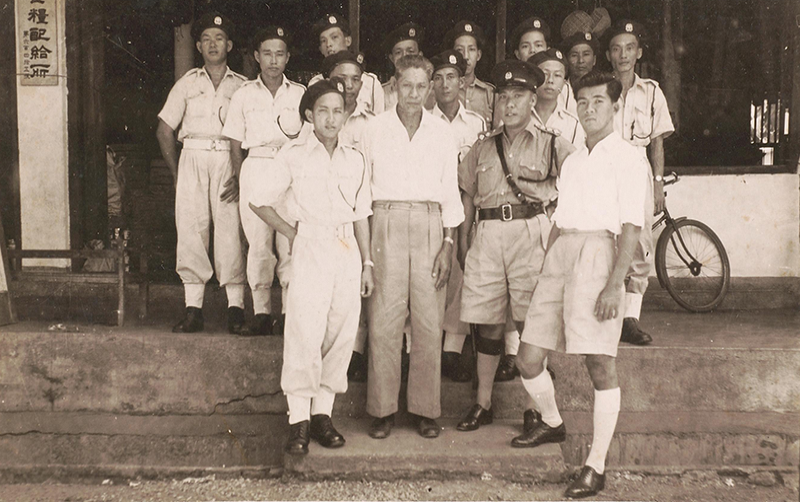
Which Was Singapore’s First Courthouse?
Singapore’s former Parliament building, known today as The Arts House, was used as a courthouse from 1828 to 1939. Prior to that, legal hearings were held in at least three other venues.

“Book City” in Two Streets: The Chinese Bookstore Scene in Postwar Singapore
Some Chinese bookstores in Singapore have managed to survive despite the challenges of the digital age and the decline in Chinese readers.
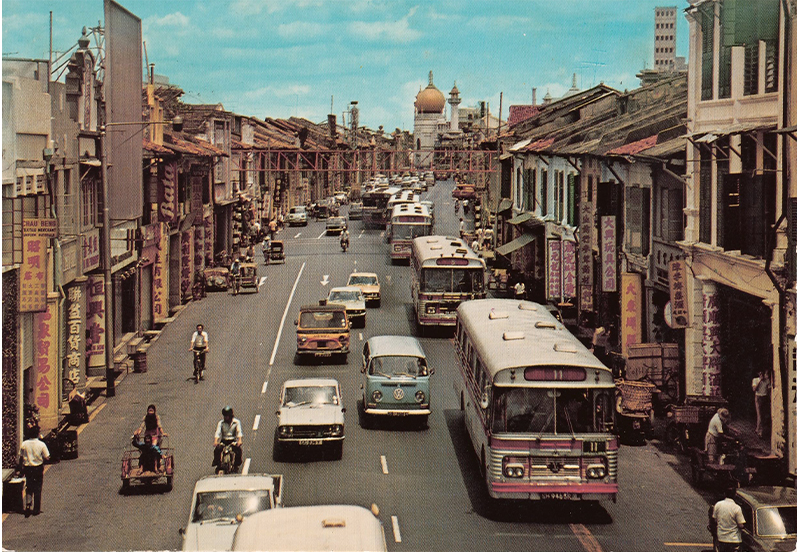
两条书街,两座书城:战后新加坡华文书店景观

From Sarong Island With Love: Singapore’s Original Tourist Isle
Before there was Sentosa, there was Sarong Island.

Johor at the 1893 Chicago World’s Fair
The story of how Johor ended up at the Chicago World’s Fair is an unexpected twist in Malaya’s colonial past.
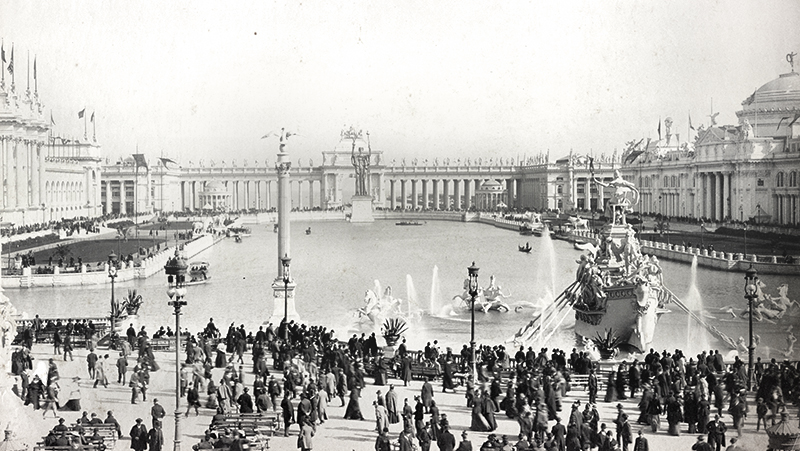
Union Stands Tall At 70
Chinese bookstore Union Book has seen many changes over the last seven decades.
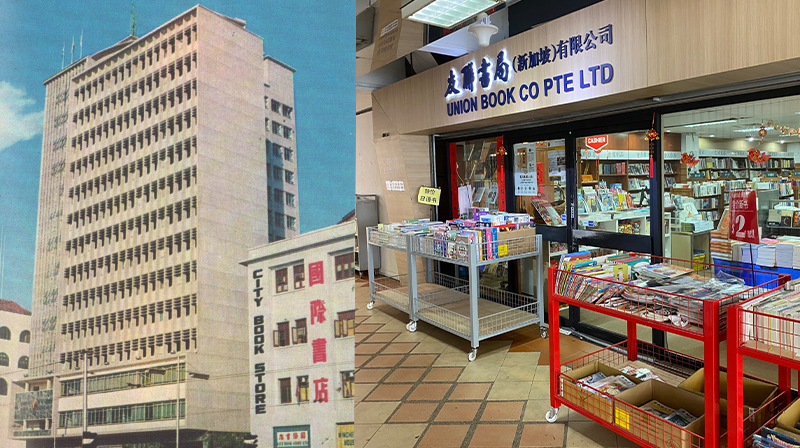
Subterranean Singapore: A Deep Dive into Manmade Tunnels and Caverns Underground in the City State
Singapore has been burrowing underground since the 19th century, but it was only after Independence that serious efforts were made to use subterranean space.
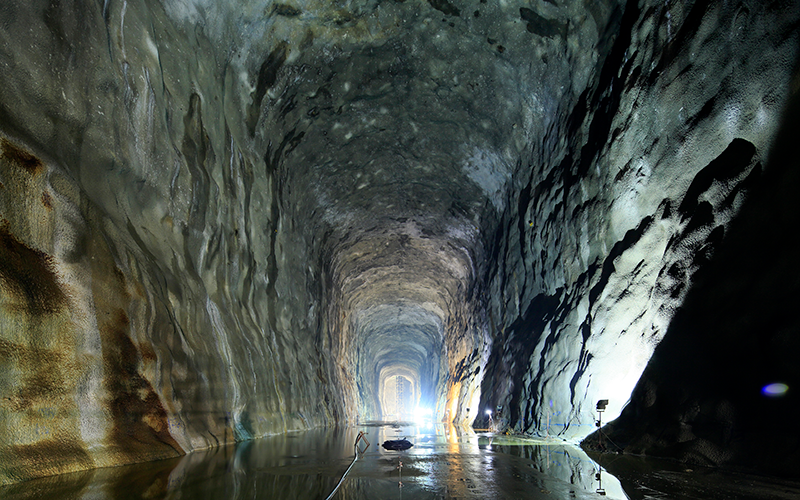
This Was Once Singapore’s Largest Planned Housing Development: A History of Sennett Estate
Sennett Estate is a unique milestone in the history of housing development in Singapore, and its quiet streets have had its fair share of excitement over the years.

A History of The Padang
Kevin Tan looks at what makes the 4.3-hectare patch of green in front of the former City Hall building so special.

No Longer “Dirty, Unhygienic, Crowded and Messy”: The Story of Singapore’s Changing Wet Markets
Wet markets have existed in Singapore since 1825. Zoe Yeo looks at how these markets have changed over time.
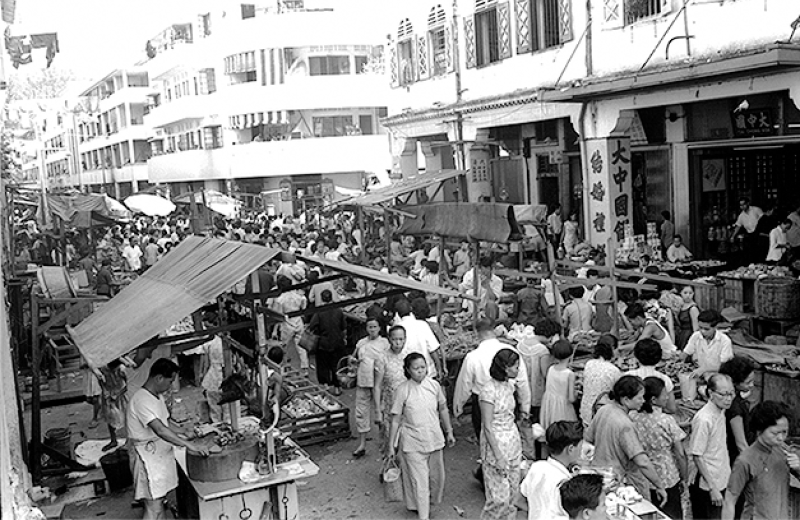
Labouring to Deliver: A History of Kandang Kerbau Hospital
The old Kandang Kerbau Hospital was once known as the busiest maternity hospital in the world. Joanna Tan delivers the story behind a hallowed Singapore institution.
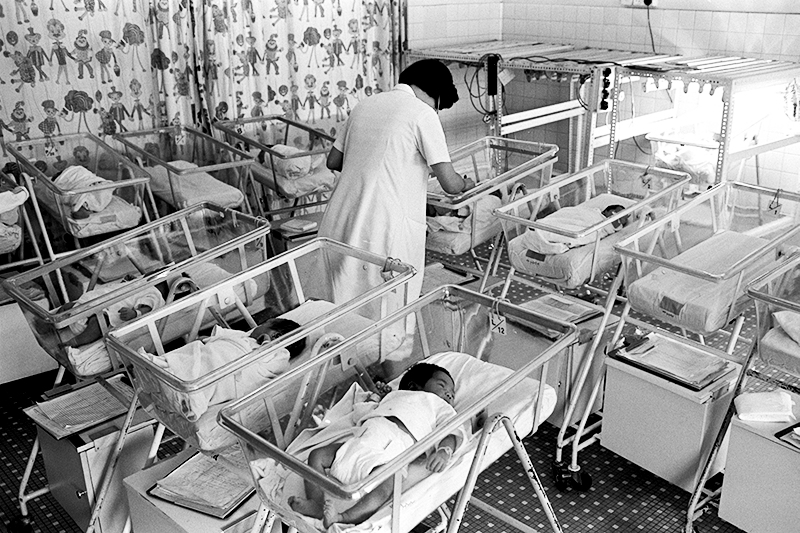
Living in Harmony: The History of Opera Estate
Asrina Tanuri traces the development of Opera Estate from its early beginnings as coconut and rubber plantations to a private residential estate.
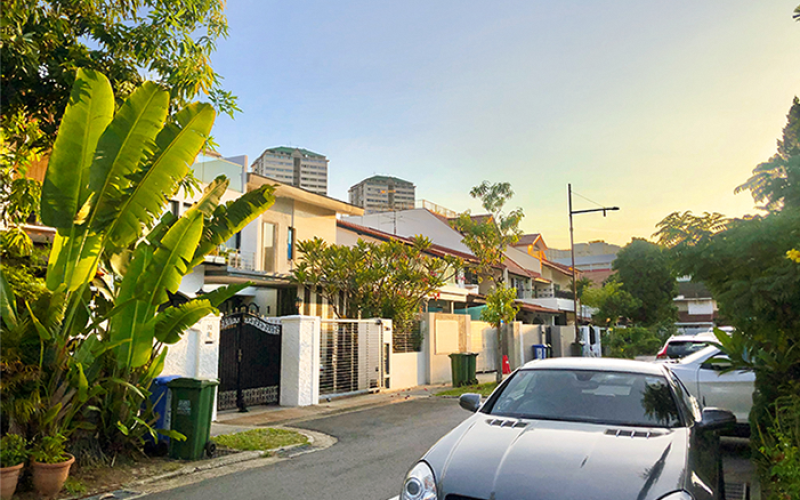
Mother Island: Finding Singapore’s Past in Pulau Lingga
Singapore’s history is closely intertwined with that of Lingga’s. The kings that once reigned from its shores played a pivotal role in the fate of the Malay world, including the birth of modern Singapore, as Faris Joraimi reveals.

Looking Back at Queenstown Library’s 50 Years
Paddy Jonathan Ong traces the history of Singapore’s first branch library.

G.H. Cafe: A Dining Landmark on Battery Road
This cafe once loomed large in Singapore’s dining and social scene. Vandana Aggarwal traces its rise and disappearance.
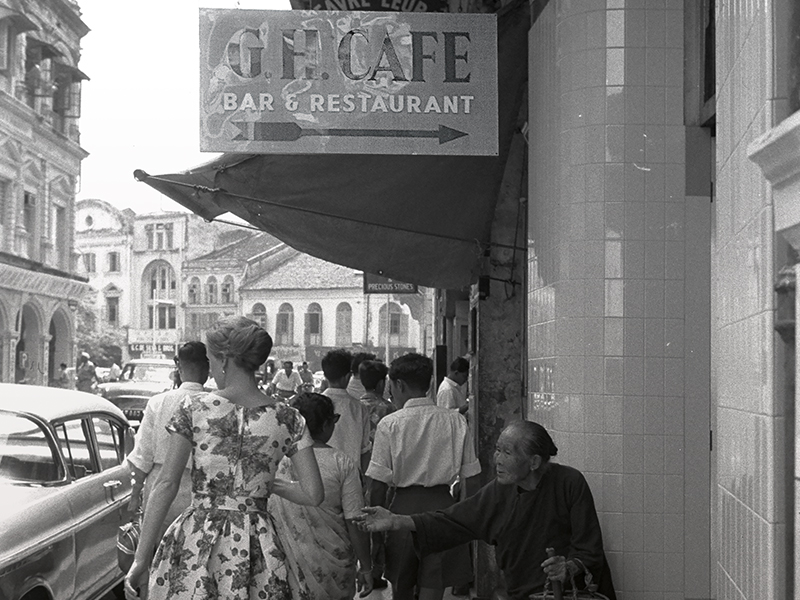
Keong Saik Road: The Other Side of the Red-Light District
Charmaine Leung says there is more to the place than its reputation suggests.
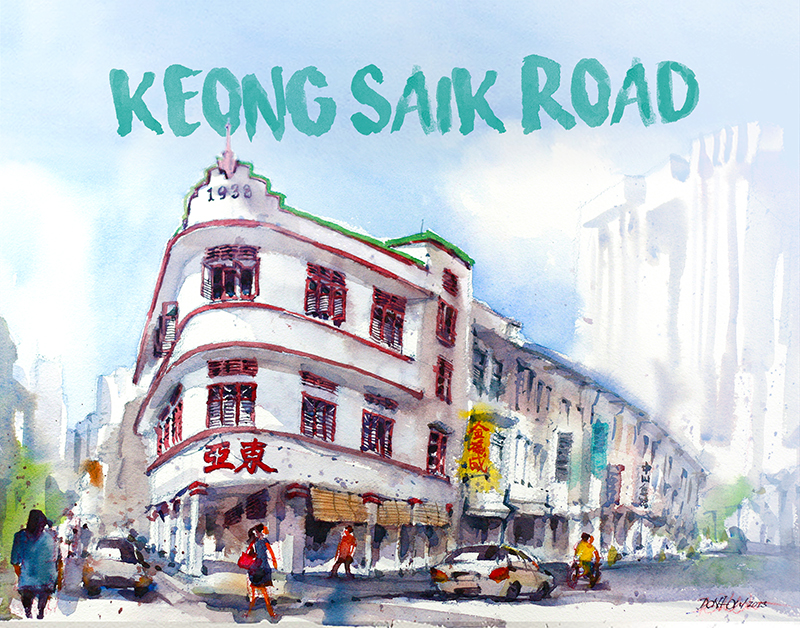
Give Me Shelter: The Five-footway Story
The five-footway – the equivalent to the modern-day pavement or sidewalk – was a hotly contested space in colonial Singapore. Fiona Lim relives its colourful history.
Dieppe Barracks: “Our Little Kingdom” in Sembawang
Military camps and training areas comprise a significant portion of Singapore’s land use. What can a single camp tell us about Singapore’s geopolitical history? A lot, as it turns out, says Chua Jun Yan.
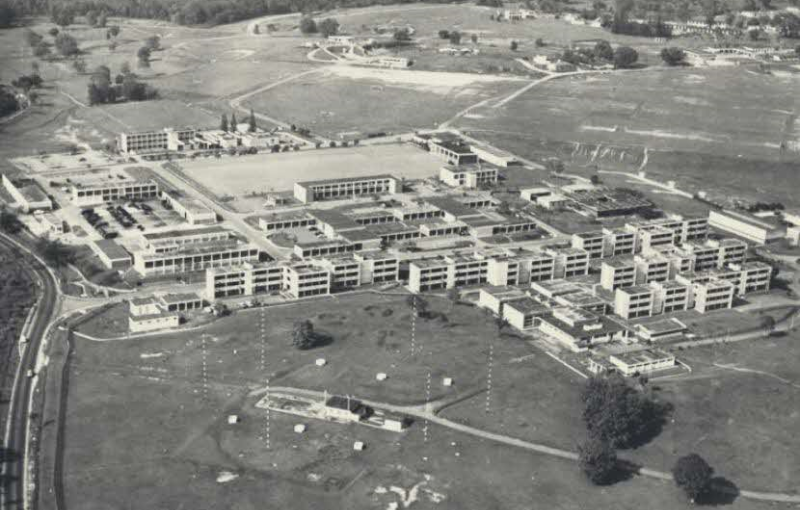
Oriental Emporium: The End of an Era
The Emporium chain of department stores entered the scene when the retail market in Singapore was still in its infancy. Kam Kit Geok takes a closer look at a much-loved shopping icon.
The Story of Two Shipyards: Keppel & Sembawang
Keppel and Sembawang shipyards are major players in Singapore’s maritime and shipping industry. Wee Beng Geok traces the colonial origins of these two companies.
Building History: From Stamford Road to Canning Rise
Abigail Huang tracks the movement of the National Archives of Singapore, from its early days in the Raffles Museum and Library on Stamford Road to an old school building at the foot of Fort Canning.
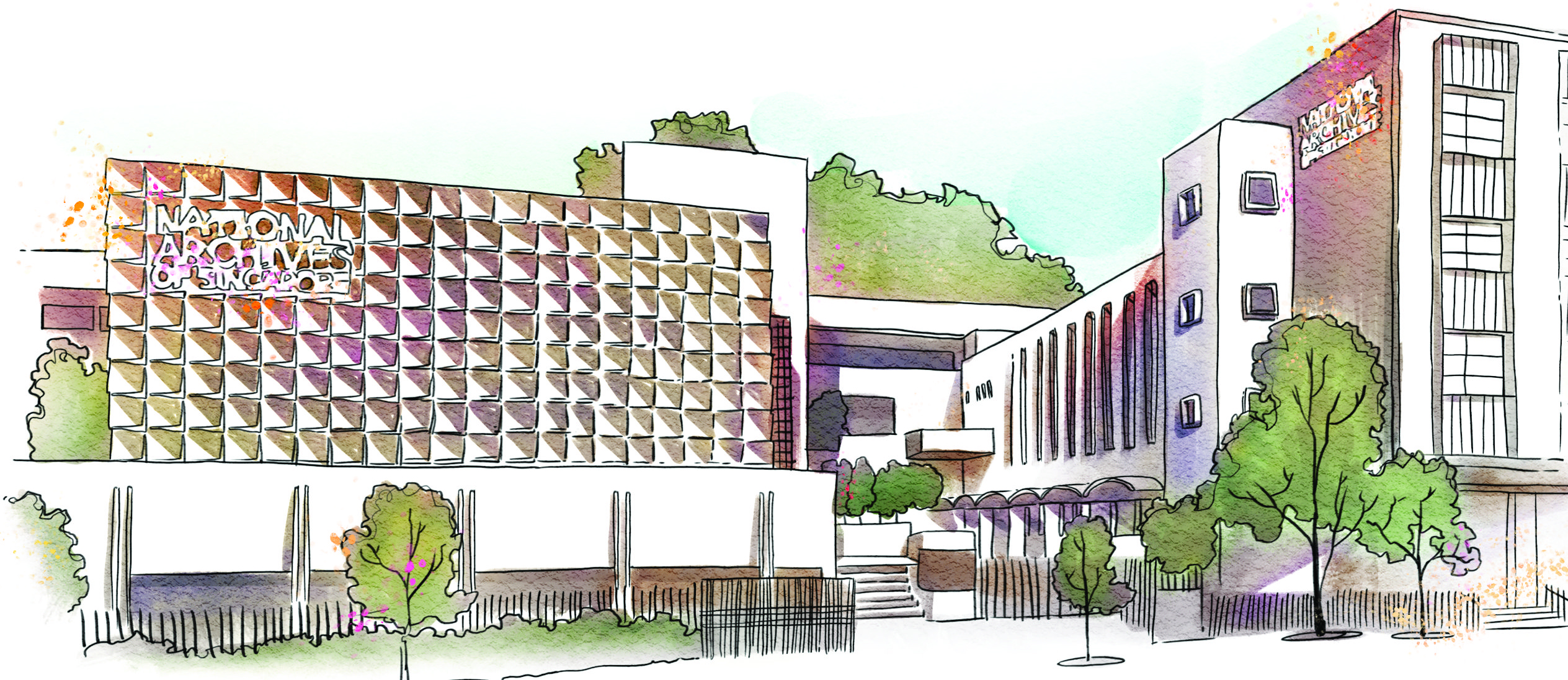
St John’s Island: From Gateway to Getaway
St John’s Island was once home to new migrants, opium addicts and political detainees. Marcus Ng charts the island’s transformation from a place of exile to an oasis of idyll.
Memory Laps: Pool-time Recollections
Between the mid-1930s and 1960, only four swimming pool complexes in Singapore were open for public use. Jocelyn Lau speaks to people who remember these pools.

Living it Up at the Capitol
Capitol Theatre was the premier venue for film and stage when it opened in 1930. Bonny Tan uses oral history recordings to piece together pre-war narratives of the theatre.
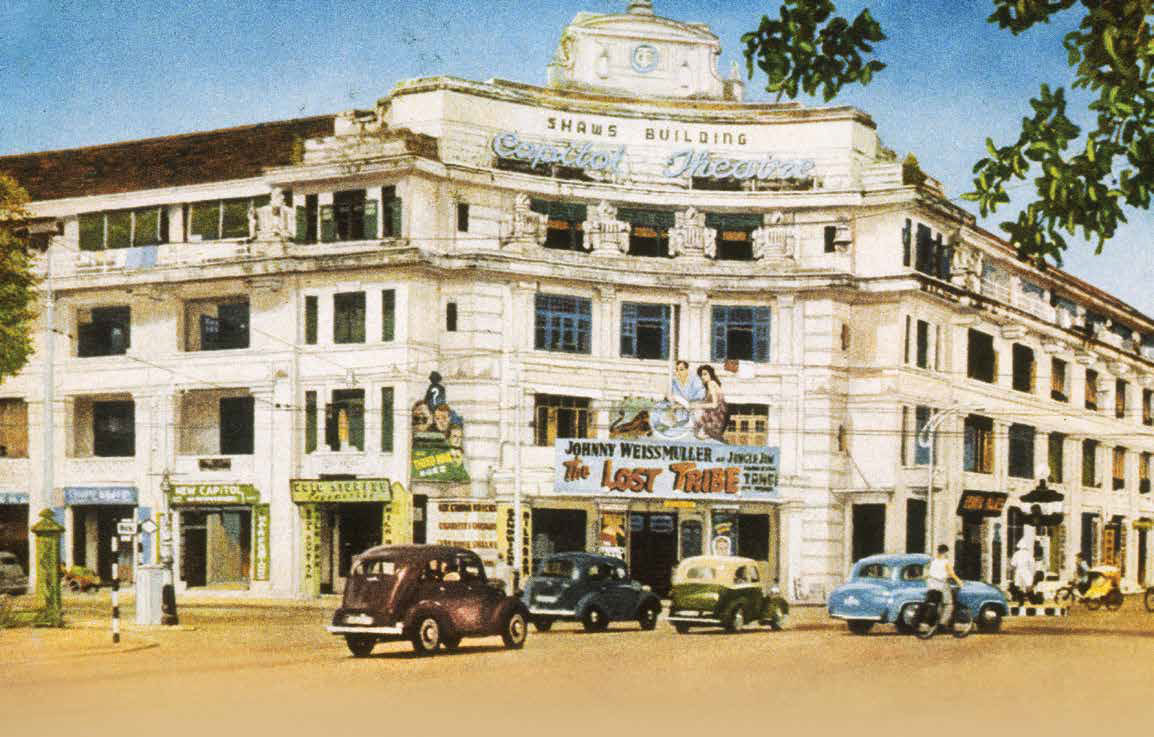
Rambling Around Bras Basah
It’s just a street to many, but for Yu-Mei Balasingamchow, the Bras Basah area is emblematic of how redevelopment can sometimes radically change the identity of an area.
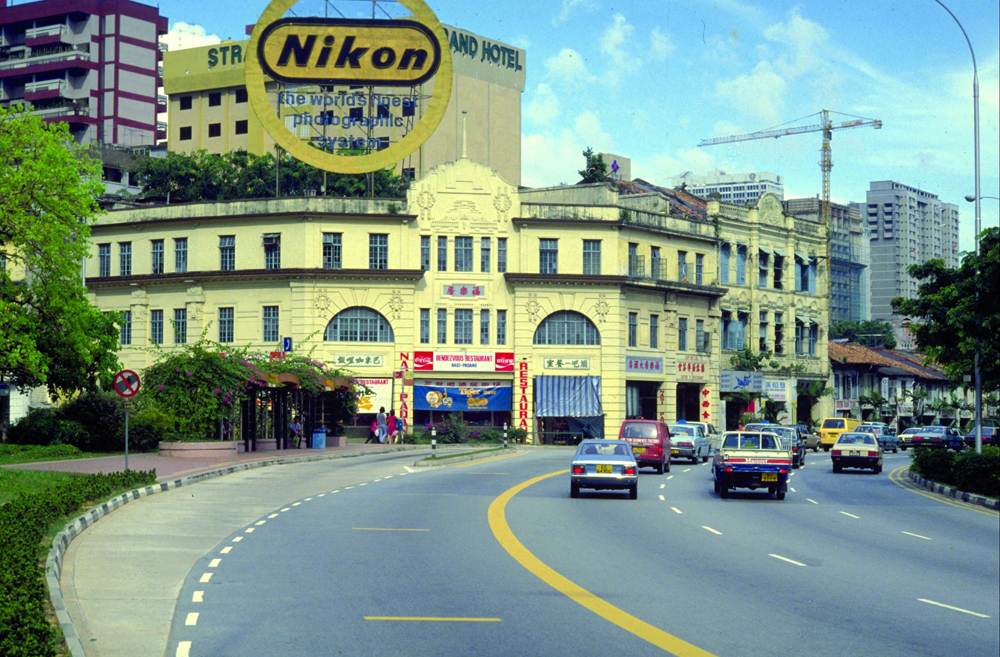
Micro India: The Chettiars of Market Street
Market Street, in the heart of the business district, was where Indian moneylenders ran a thriving trade during the colonial era. Marcus Ng traces the imprint left by the Chettiars.

Gedung Kuning: Memories of a Malay Childhood
Gedung Kuning, or the “Yellow Mansion”, was once the home of Tengku Mahmud, a Malay prince. Hidayah Amin shares anecdotes from her childhood years growing up in the house.

Land From Sand: Singapore’s Reclamation Story
Thanks to land reclamation, the tiny red dot has broadened its shores substantially. Lim Tin Seng discovers just how much Singapore has grown since colonial times.
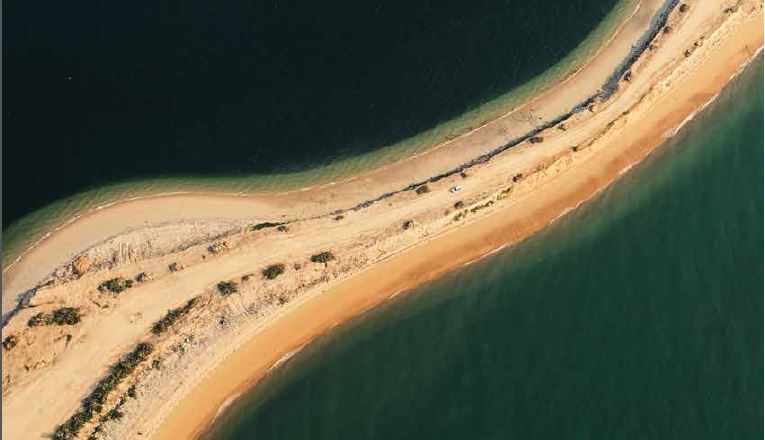
From Britannia to the NCO Club
The much-loved NCO Club on Beach Road was a favourite downtown R & R spot for off-duty soldiers. Francis Dorai charts its history.
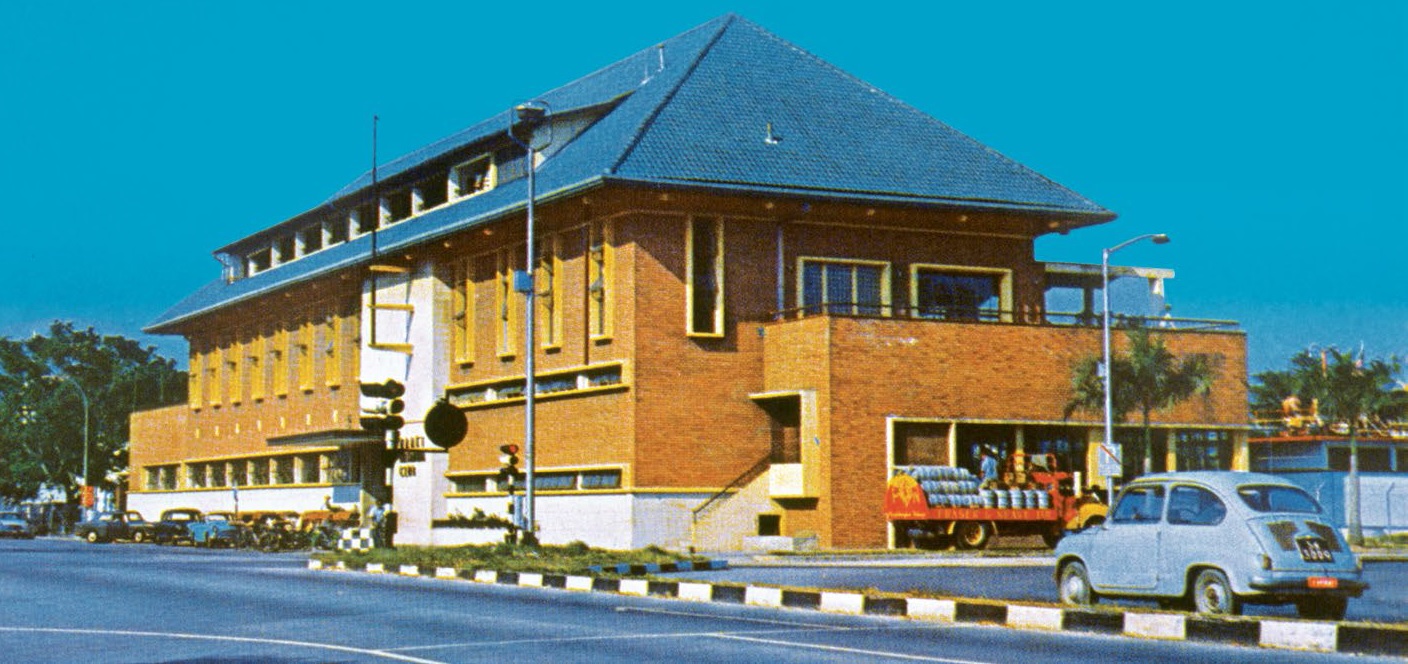
The Padang: Centrepiece of Colonial Design
This expanse of green fringed by grand colonial edifices in the city centre is a statement of British might, as Lai Chee Kien tells us.
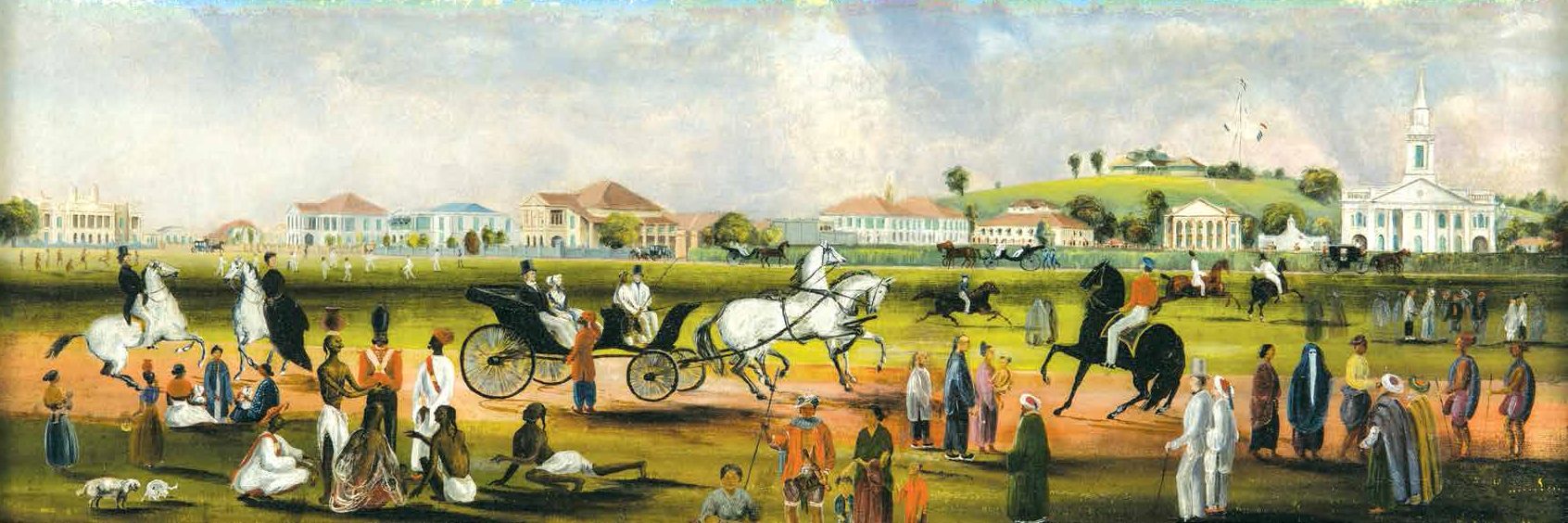
As Good As Gold: The Making of a Financial Centre
Singapore’s Central Business District didn’t happen by accident. Lim Tin Seng recounts how a piece of prime land dubbed as “Golden Shoe” was transformed into a glittering financial hub.

Saving Pearl Bank Apartments
Architectural conservation or real estate investment? Justin Zhuang ponders over the fate of a 1970s style icon that has seen better times.
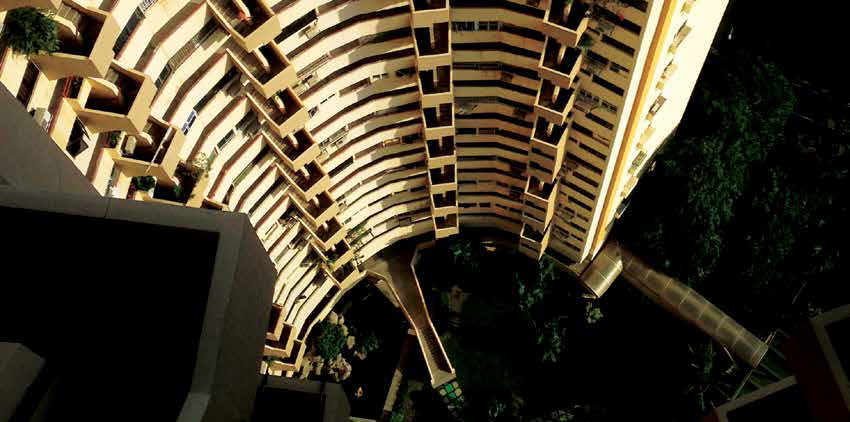
Beach Road Camp and the Singapore Volunteer Corps
The SVC was the precursor of the first organised military service in Singapore and marked the beginning of a volunteer movement that would last for over a century. Francis Dorai has the story.

Bugis Street: From Sleazy to Sanitised
The spruced up Bugis Street of today is a far cry from the days when it was a bump-and-grind fleshpot. Lee Meiyu chronicles its chequered history.
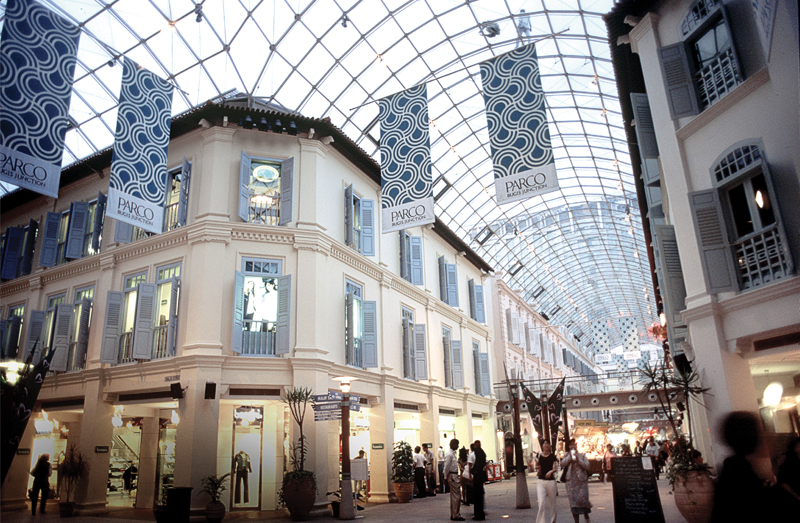
All Creatures Great and Small: Singapore’s First Zoos
Few people are aware that the island’s first public zoo was set up in 1875. Lim Tin Seng traces the history of wildlife parks in Singapore.
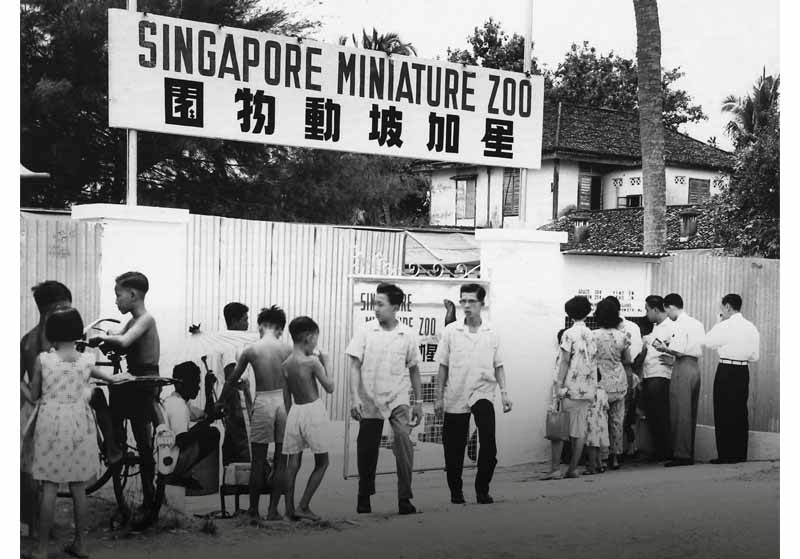
Mohamed Eunos Abdullah: The Father of Malay Journalism
The Eunos area in the east of Singapore is named after the pioneer, Mohamed Eunos Abdullah. Mazelan Anuar traces his legacy.
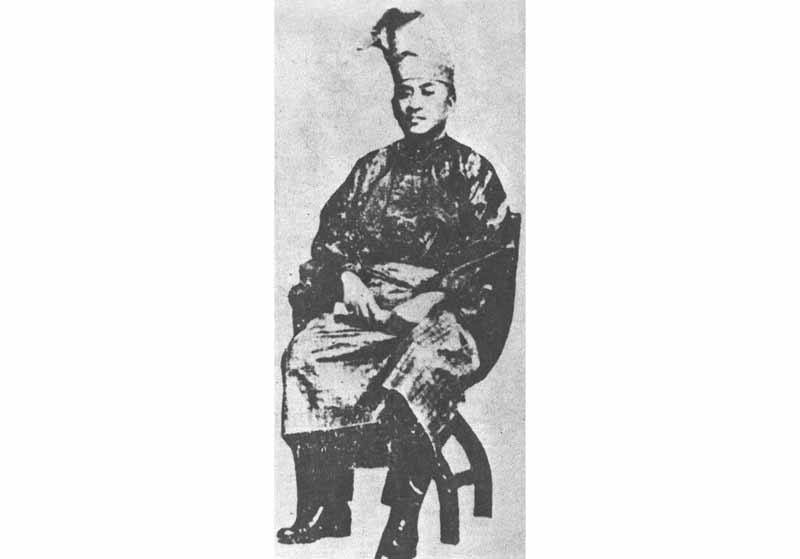
A Nation of Islands

The Secret Maps of Singapore
Hidden temples and food haunts are just some of the things found in two psychedelic maps published in the 1980s. Bonny Tan explores the origins of these one-of-a-kind maps.

Designed for Use: library@orchard Makes a Comeback

Over Orchard
Orchard Road as we know it today is a far cry from its quiet beginnings as a plantation and residential area. Fiona Tan takes us back in time to revisit some of Orchard’s most distinctive landmarks.
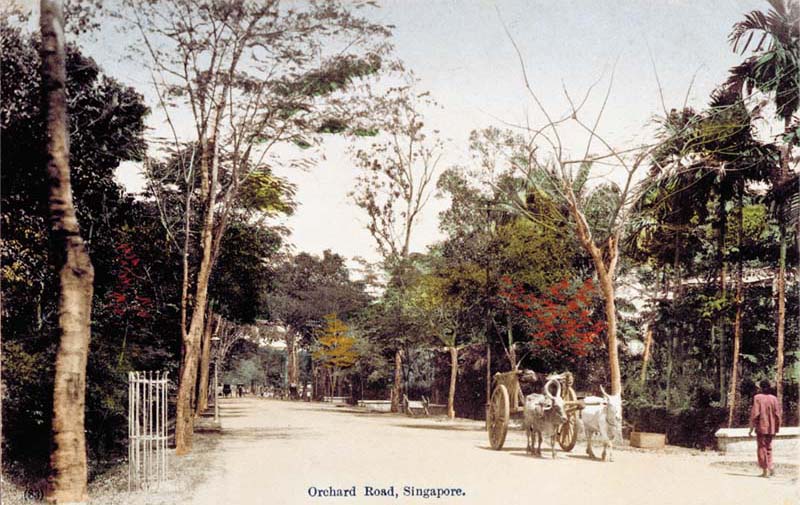
Raffles Hotel & the Romance of Travel
Gretchen Liu traces the history of this grand hotel, from its heyday of glitz and glamour to near ruin and its subsequent reincarnation into the heritage icon it is today.
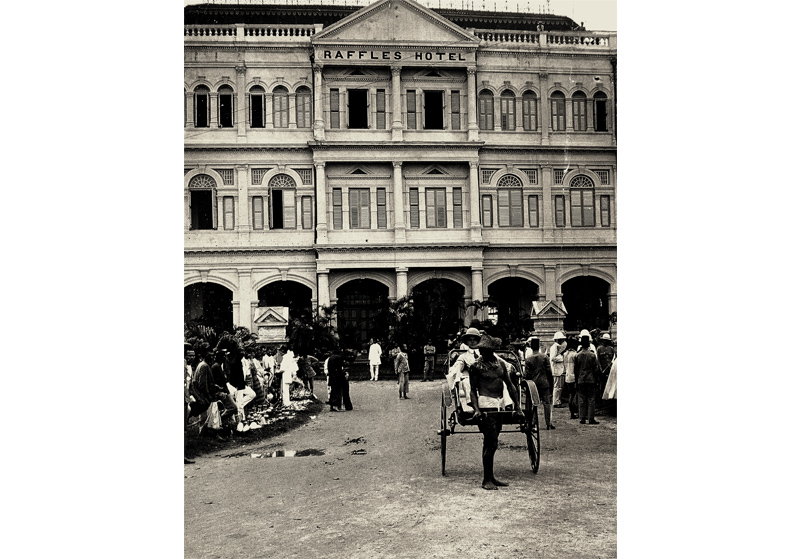
Standing Firm: Stories of Ubin
Apart from being an escape from the hubbub of city life, Pulau Ubin is home to a small but dwindling number of Singaporeans. Ang Seow Leng sheds some light on life on the island.
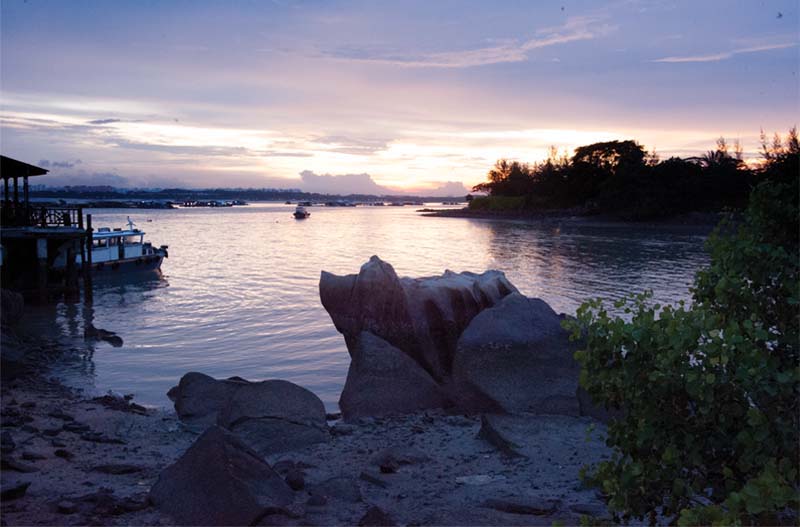
The Library of Memory
Boey Kim Cheng’s memories of Singapore are closely tied to his recollections of reading and the old red-bricked National Library. Here, he remembers his love affair with the library, with words and with books.
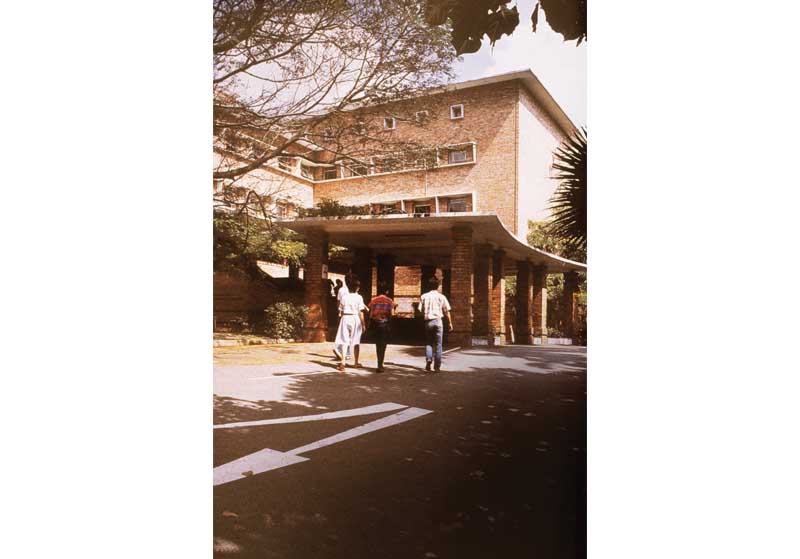
Old Singapore: Places in Pictures and Oral History
Grand Hotel de l’Europe, National Theatre and National Stadium are just some of the places in Singapore that have might have been forgotten if not for the National Archives of Singapore. Rediscover these buildings of old with Oral History Specialist Lu Wenshi.
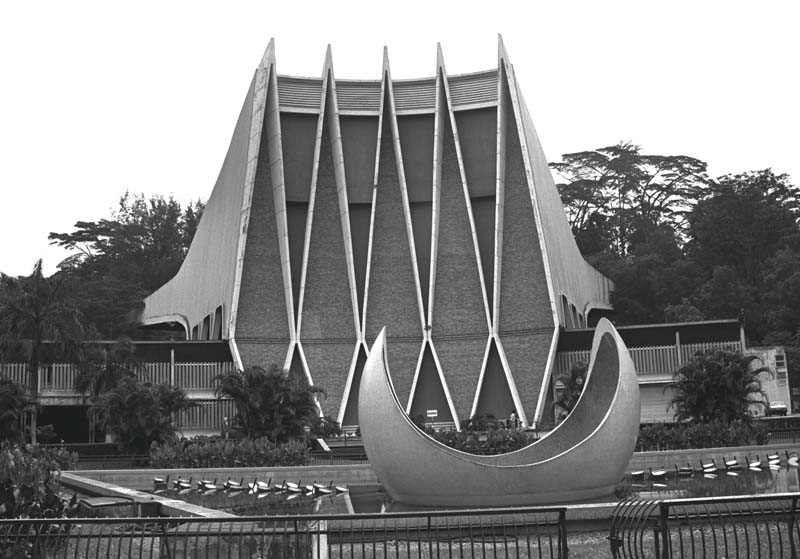
Kampung Living: A–Z
It’s hard to believe that Singapore was once a sleepy village outpost. Re-live those nostalgic kampung days with this laundry list of life as it once was.
